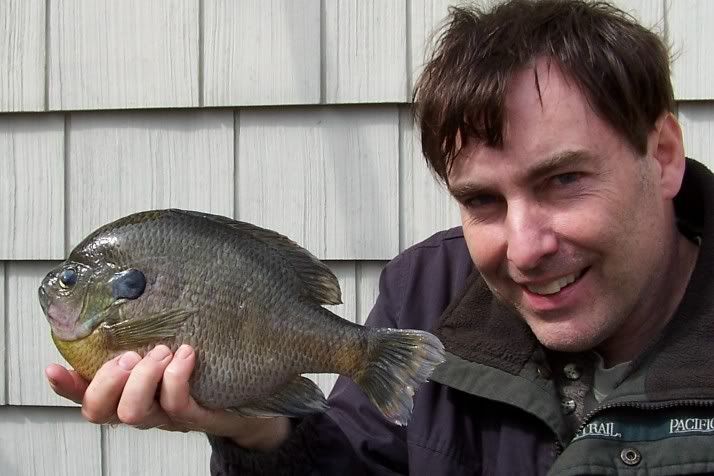I am familiar with the over the top prices offered for largemouth bass and catfish for such displays but had no idea bluegill could go for so much. The bluegill I raise to larger sizes are in fact pure (as within the presently recognized species, some pure northern) but the market price you indicate seems too high to support any volume. The market I am targeting is for foodfish with conformation of animals (finnage) not always conserved. Could be though.
Large bluegill over a pound are my number one requested fish. I don't even need to list them. I have a waiting list. Bluegills that large are not consistently available as you probably know.

I haven't sold any bluegills yet to Bass Pro Shops but may in the future. My highest price fish to Bass Pro Shops so far has been large yellow perch to over 15 inches. They also have a hard time finding large smallmouth bass.
If one has enough contacts, sells fish over large enough of an area, and is the only one doing so, one doesn't need or want very high volume. Less labor involved with lower volume and the price more than makes up for it.
Good luck with food fish. You must provide high volume on a regular interval and compete with commercial fisherman if you grow out your fish. It can be tough! If you produce your own fish you must do some creative growth increases and decreases to keep a uniform size of fish going out on a regular interval or do some photoperiod adjustments to create multiple cohorts.
Using yellow perch as an example NO ONE is profitably producing yellow perch in an RAS situation due to high initial capital cost and the high cost of utilities. I see them going out of business on a regular basis. There's a big one for sale in Wisconsin right now. Right now they can't compete with the commerical catch out of Lake Erie although the lakes catches can be cyclical.
Note: The above bluegill ( 1 lb. 3 oz. if I remember right) was not out of one of my ponds but floated to the surface nearly dead on a visit to a friends house and pond in Ohio. We have a running joke that every time I visit him a fish dies. Last time a big yellow perch floated up. Not sure if he wants me to come anymore.

The friend has an interesting way to produce monster bluegills. He collects bluegills from other friend's ponds and places them into a floating cage and feeds trains them on hydrated commercial feed. When he can sex them he releases only males into the pond and continues to feed them. No reproduction but oh does he grow some dandies for his enjoyment at feeding time!
Edited by az9, 15 October 2008 - 07:12 PM.














